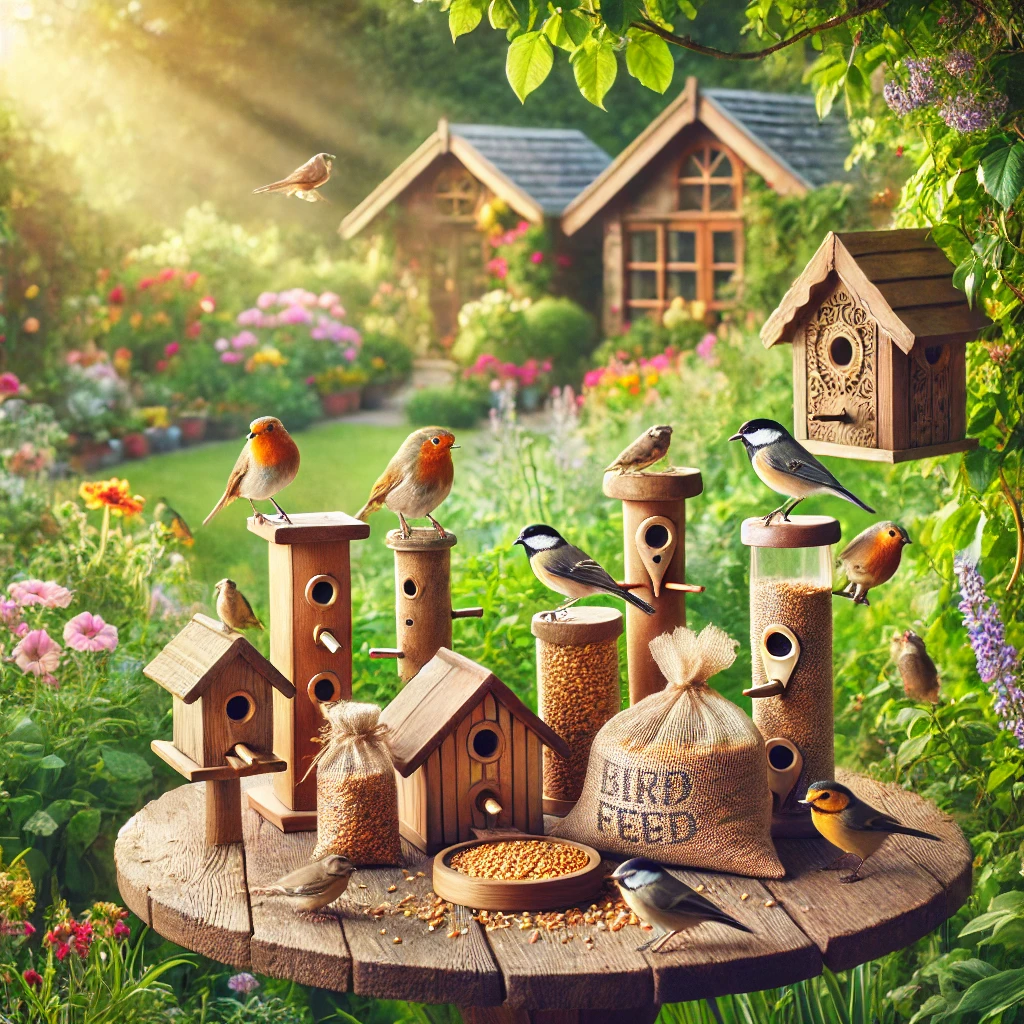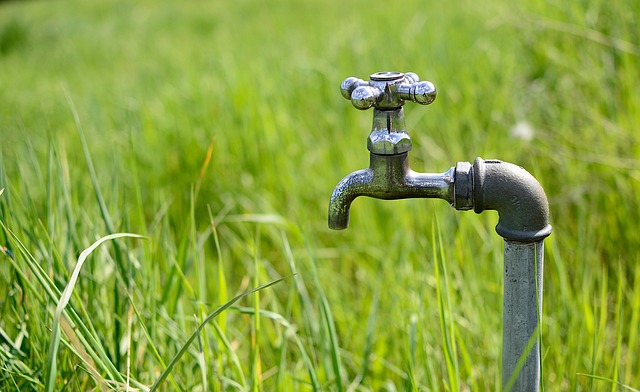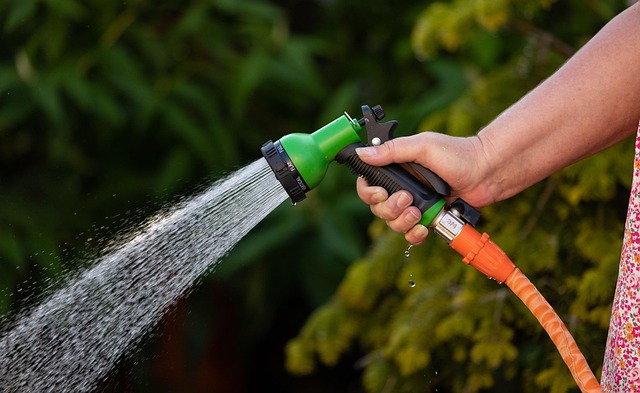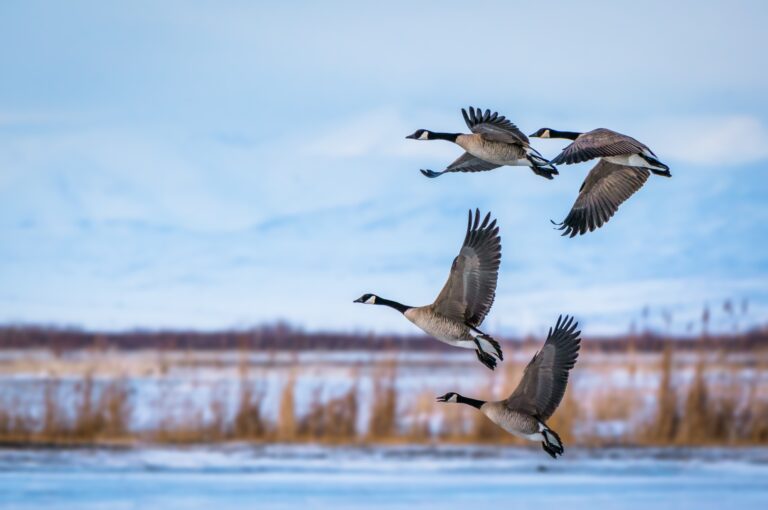The Ecosystem Engineer: How Wildlife Feeding Stations Shape Your Local Nature!
Wildlife feeding stations serve an important purpose. They provide food for various animals, helping them survive in different environments.
Understanding how these feeding stations work can enhance your appreciation for wildlife. These stations are designed to attract birds, squirrels, and other creatures. They often include specific food types that meet the dietary needs of these animals. By creating a safe space, wildlife feeding stations support local ecosystems.
They also offer a unique opportunity for people to observe nature up close. This blog post will explain the mechanics behind wildlife feeding stations. You’ll learn how they function and their impact on animal behavior. Join us as we explore the fascinating world of wildlife feeding stations.

Credit: www.amazon.com
Introduction To Wildlife Feeding Stations
Wildlife feeding stations are designed to support animals. They provide food in a controlled way. Many people use them to help local wildlife. But how do they really work? Let’s explore their role and history.
The Role In Ecosystem Balance
Feeding stations play a vital role in nature. They help maintain the balance in ecosystems. Here are some key benefits:
- Support for wildlife: Feeding stations offer food during tough times.
- Habitat preservation: They encourage animals to stay in their natural homes.
- Education: They help people learn about wildlife behavior.
Wildlife feeding stations can help in various ways:
- Provide nutrition when natural food is scarce.
- Help control animal populations.
- Attract diverse species to urban areas.
Historical Context
The concept of wildlife feeding has roots in ancient practices. Early humans fed animals to attract them. This approach gradually evolved. Today, feeding stations are common in many areas.
In the early 20th century, wildlife conservation became important. Feeding stations started to appear in parks and reserves. They aimed to protect endangered species and support their survival.
Over time, people began to understand their impact. Studies showed that feeding stations could help restore animal populations. They remain essential in wildlife management efforts.
Types Of Wildlife Feeding Stations
Wildlife feeding stations attract various animals. They provide food and a safe place to eat. Different types of feeding stations cater to specific animals. Here are the main types:
Bird Feeders
Bird feeders are popular for attracting birds. They come in various styles. Each style serves different types of birds.
- Tube feeders: Ideal for small birds like finches.
- Platform feeders: Great for larger birds like doves.
- Hopper feeders: These hold a lot of seeds and attract many birds.
- Suet feeders: Best for woodpeckers and other insect-eating birds.
Choose a feeder that matches the birds in your area. Fill it with the right seeds for the best results.
Mammal Feeding Platforms
Mammal feeding platforms attract larger animals. They are flat surfaces that hold food. These platforms can support various types of food.
- Grain and seed mixes: Good for deer and rabbits.
- Fruits and vegetables: Attracts raccoons and squirrels.
- Protein sources: Use for feeding foxes and other carnivores.
Place these platforms in quiet areas. This ensures the mammals feel safe while feeding.
Specialized Stations For Unique Species
Some feeding stations are designed for specific animals. These specialized stations cater to unique dietary needs.
| Animal | Feeding Station Type | Food Type |
|---|---|---|
| Hummingbirds | Hummingbird feeders | Nectar solution |
| Butterflies | Butterfly feeders | Nectar and fruits |
| Bees | Bee feeders | Sugar water or syrup |
These stations provide specific food. This helps attract and support unique wildlife. They enhance biodiversity in your area.
Design And Construction
Wildlife feeding stations are made with care. Their design and construction are vital for safety and efficiency. Each station must attract wildlife while keeping them safe. The right materials and features play a big role. Let’s explore these aspects.
Materials Used
Common materials include wood, metal, and plastic. Wood is natural and blends well with the environment. It is sturdy and weather-resistant when treated properly. Metal is durable and can withstand harsh conditions. Plastic is lightweight and easy to clean.
Choosing the right material depends on the wildlife you want to attract. Some animals may prefer wooden feeders, while others might be drawn to metal. Always consider the local climate. This affects the longevity of the materials.
Safety Features
Safety features are essential in wildlife feeding stations. They prevent injury to animals and keep them safe. Smooth edges and rounded corners help avoid cuts. Secure attachments stop parts from falling off.
Food containers should be sealed to keep pests away. This keeps the food fresh and safe for wildlife. Some stations include anti-theft designs to protect food from larger animals.
Considerations For Specific Wildlife
Different animals have different needs. Design your feeding station with specific wildlife in mind. For birds, the feeder should have perches and drainage holes. This allows water to escape and keeps seeds dry.
For small mammals, a low platform works best. It allows easy access. Consider the height and size for larger animals too. Make sure it is easy for them to reach the food.
Always think about the local wildlife. Each species has unique habits. A well-designed feeding station caters to these needs.
Strategic Location And Placement
Choosing the right spot for wildlife feeding stations is crucial. The success of these stations depends on their location. Animals need to find them easily. Proper placement attracts more wildlife. It also keeps them safe from dangers.
Habitat Considerations
Understanding the animal’s habitat is essential. Here are some key points:
- Food availability: Place stations near natural food sources.
- Water sources: Animals need water. Position stations near streams or ponds.
- Cover: Ensure there is nearby shelter. Bushes or trees provide safety.
- Wildlife trails: Locate stations along animal paths. This increases visits.
Preventing Human-wildlife Conflicts
Placement can help reduce conflicts. Follow these guidelines:
- Distance from homes: Keep stations away from residential areas.
- Secure food: Use feeders that prevent access to unwanted animals.
- Monitor behavior: Observe animal activity. Adjust placement as needed.
Accessibility For Animals
Ensure feeding stations are easy for animals to access. Consider these factors:
- Height: Place feeders at a height suitable for the target species.
- Visibility: Avoid placing stations in dense vegetation. Animals should see them easily.
- Pathways: Create clear paths to the stations. This encourages visits.
By focusing on strategic location and placement, wildlife feeding stations can thrive. This benefits both the animals and the environment.
Nutritional Aspects Of Feeding
Wildlife feeding stations serve an important role. They provide food for various animals. Understanding the nutritional needs of these animals is key. Each species has unique dietary requirements. Providing the right food helps them thrive.
Dietary Needs Of Different Species
Different animals need different types of food. Herbivores eat plants. Carnivores eat meat. Omnivores enjoy both. For example, deer need high-fiber plants. Birds may require seeds and insects. Knowing what each species eats is essential for healthy feeding.
Seasonal Feeding Variations
Seasons change what animals need. In winter, food sources may be scarce. Animals may require high-energy foods to survive cold months. In spring and summer, they may need more protein. Adjusting food types at feeding stations is important. It ensures animals get the right nutrients throughout the year.
Risks Of Improper Feeding
Feeding wildlife incorrectly can cause harm. Some foods may be toxic to certain animals. Processed foods often lack necessary nutrients. Overfeeding can lead to health problems. It may also create dependency on human food. This makes animals less able to find food naturally.
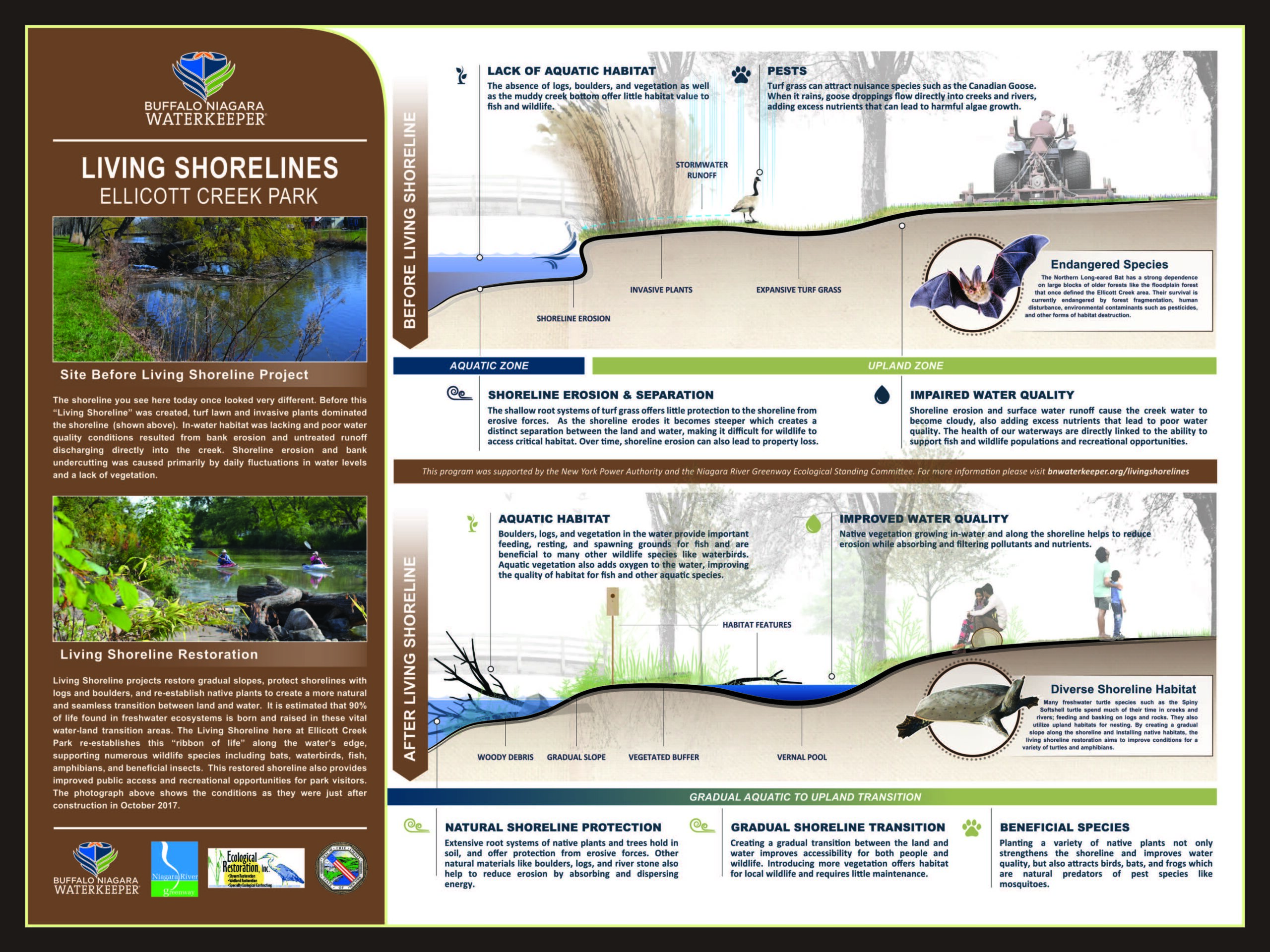
Credit: bnwaterkeeper.org
Impact On Wildlife Behavior
Wildlife feeding stations can greatly change how animals act. They provide food, but this can lead to both positive and negative effects. Understanding these impacts helps us manage wildlife better.
Dependency Issues
Feeding stations can create dependency among wildlife. Animals may start to rely on these stations for food. This leads to several problems:
- Loss of natural foraging skills
- Increased vulnerability during food shortages
- Reduced migration patterns
When animals depend on human-provided food, their survival skills weaken. This can harm their ability to find food in the wild.
Changes In Foraging Patterns
Feeding stations also change how animals search for food. Some animals may visit these sites more often. This can lead to:
- Increased competition for food
- Altered feeding times
- Shift in habitat use
Animals may spend less time foraging in their natural habitats. They might gather in larger groups at feeding stations.
Social Dynamics At Feeding Sites
Feeding stations can affect social dynamics among animals. They often attract various species. This can lead to:
- Increased interaction between species
- Establishment of hierarchies
- Stress due to competition
Some animals may become aggressive. Others may avoid these areas altogether. This changes the balance in local ecosystems.
Monitoring And Maintenance
Monitoring and maintenance are key for wildlife feeding stations. Regular check-ups keep everything running smoothly. This helps ensure wildlife stays healthy and safe. Proper care also attracts more animals.
Regular Check-ups
Regular check-ups are essential for wildlife feeding stations. Inspect the area often to check for damage. Look for signs of wear on feeders and surrounding areas. Refill food supplies as needed to keep animals fed.
Check for any signs of animal activity. This helps you understand what species visit your station. Adjust feeding times based on their habits. Keep a close eye on the station to maintain its effectiveness.
Sanitation Protocols
Sanitation is vital for wildlife feeding stations. Clean feeders and surrounding areas regularly. Remove old food to prevent mold and pests. Use safe cleaning solutions to avoid harming wildlife.
Keep the station tidy to promote animal health. A clean area reduces the spread of disease. Regular sanitation ensures a safe space for all animals.
Adapting To Wildlife Needs
Adapting to wildlife needs is important for success. Different species have unique feeding habits. Change food types based on the animals you see. Adjust feeder heights and styles to attract various wildlife.
Pay attention to seasonal changes. Some animals may migrate or change diets. Update your feeding strategy to meet these shifts. Being flexible helps maintain a thriving feeding station.
.png)
Credit: blog.zoo.org
Ethical Considerations And Controversies
Feeding wildlife raises important ethical questions. People often debate the impact of feeding stations. These discussions focus on the balance between helping animals and allowing natural behaviors.
Feeding Vs. Natural Foraging
Wildlife feeding stations can disrupt natural foraging. Animals may rely on food from humans instead of searching for their own. This dependency can lead to problems.
Foraging teaches animals important survival skills. It helps them find food in their natural habitats. Relying on feeding stations can weaken these abilities.
Human Intervention In Wildlife
Humans often intervene in nature with good intentions. However, this can have negative effects. Feeding wildlife can alter their natural behaviors.
Wild animals may become too comfortable around people. This can lead to conflicts. Animals might approach homes in search of food. Such behavior can create dangerous situations for both animals and people.
Legislation And Guidelines
Many regions have laws about wildlife feeding. These laws aim to protect both animals and humans. Guidelines help ensure feeding practices are safe and responsible.
Following local regulations is crucial. This helps manage wildlife populations and their habitats. Awareness of these laws can prevent unintended consequences.
Success Stories And Case Studies
Wildlife feeding stations have shown real impact in various communities. They support animals and educate the public. Let’s explore some success stories that highlight their benefits.
Rehabilitation And Conservation Efforts
Many wildlife feeding stations aid in animal rehabilitation. They provide food for injured or orphaned animals. This support helps them regain strength.
For example, a feeding station in a national park helped feed young deer. These deer were found abandoned. With regular feeding, they grew healthy and were released back into the wild.
Educational Benefits
Feeding stations serve as outdoor classrooms. They teach visitors about local wildlife. People learn about different species and their habitats.
Schools often visit these stations for field trips. Students observe animals up close. This experience fosters a love for nature and wildlife.
Community Involvement And Support
Wildlife feeding stations bring communities together. Local residents often volunteer to maintain them. They help with feeding, cleaning, and monitoring wildlife.
One community organized a feeding station fundraiser. They raised money to build more stations. This effort united people for a common cause.
Frequently Asked Questions
How Do Wildlife Feeding Stations Attract Animals?
Wildlife feeding stations attract animals by providing a reliable food source. They are designed to mimic natural feeding environments. The right placement and food type can draw in various species, including birds, squirrels, and deer. Additionally, using scents and colors can enhance attraction, making them effective for wildlife observation.
What Types Of Food Are Best For Wildlife Stations?
The best food for wildlife feeding stations varies by species. Common options include seeds, nuts, fruits, and specialized wildlife pellets. It’s essential to select food that is nutritious and safe for the animals in your area. Consider local wildlife preferences to optimize feeding station effectiveness.
How Often Should I Refill Wildlife Feeding Stations?
Refilling wildlife feeding stations depends on the animal activity level. Generally, check and refill every few days, especially during peak feeding times. Regular maintenance ensures food remains fresh and accessible. Monitor the station for signs of depletion or spoilage to keep animals healthy and returning.
Can Wildlife Feeding Stations Harm Animals?
Wildlife feeding stations can harm animals if not managed properly. Poor food choices can lead to nutritional imbalances. Additionally, overcrowding can spread diseases among animals. To minimize risks, provide appropriate food and maintain cleanliness at the station to promote a healthy feeding environment.
Conclusion
Wildlife feeding stations play a key role in supporting nature. They provide food and nutrients to local animals. These stations attract various species, enriching our environment. Setting them up is simple and rewarding. Watching wildlife thrive brings joy and connection to nature.
Protecting these habitats is essential for future generations. By using feeding stations wisely, we can help wildlife and learn more about them. Enjoy the beauty of nature while contributing to its health. Start your journey with wildlife feeding stations today.

